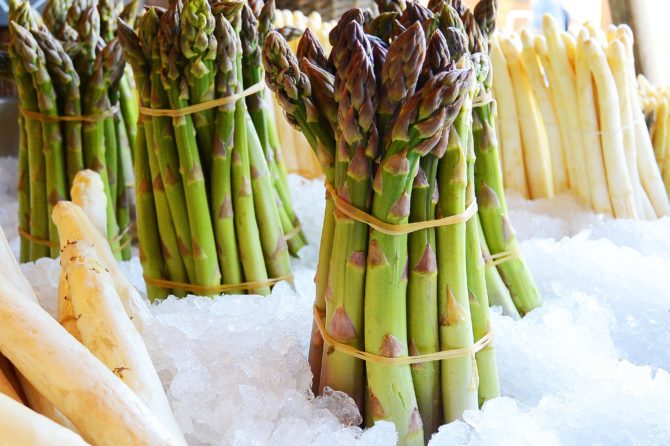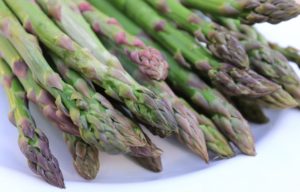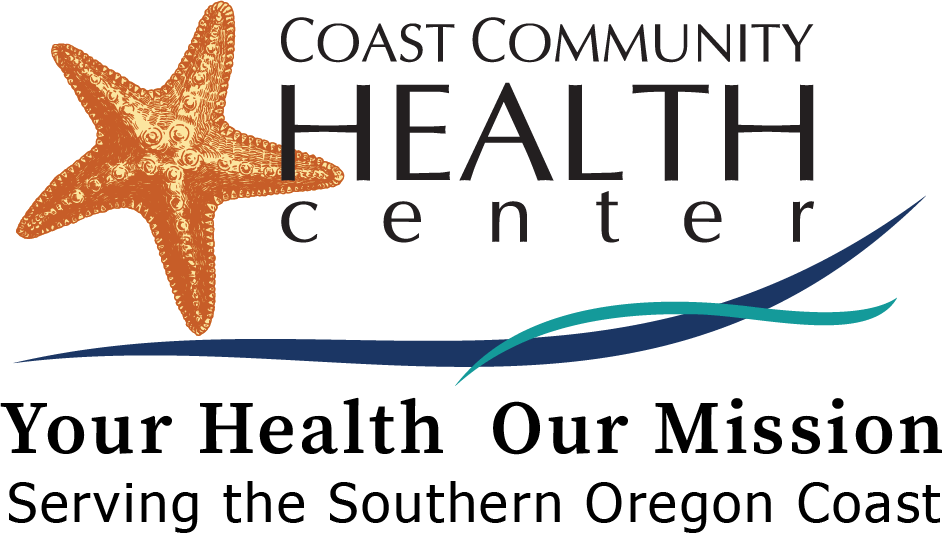
When kids help make healthy food, they are more likely to eat it! You can show your children or grandchildren how to prep asparagus. They can snap off the woody ends of asparagus, wash vegetables under cool running water, and season with salt and pepper and a little vegetable oil.
Asparagus: Spears of Health
Asparagus is a spring vegetable once categorized as a lily but now is a member of the cruciferous family (cabbage, broccoli, cauliflower, Brussels sprouts, etc). In ancient times, it was used as medicine and has been pictured in Egyptian art dating back to 3000 BC. In early France, asparagus was called points d’amour or “love tips” because the most delicate taste is in the tips. Not just delicious, asparagus is rich in healthy nutrients.
Asparagus is a great source of antioxidants like vitamins A and C and the mineral, selenium, which all help to reduce inflammation like that associated with inflammatory diseases and arthritis. It is high in multiple B vitamins like thiamine, riboflavin and niacin. It is especially rich in the B vitamin, folate, which is an essential nutrient during periods of rapid growth like pregnancy, infancy and adolescence. Folate has also been shown to be protective against heart disease, stroke and some cancers. Vitamins B6 and pantothenic acid help to lower blood pressure and homocysteine, reducing risk for heart disease. Because it is rich in potassium, asparagus also helps to lower blood pressure. Vitamin K and calcium protect bone health and the iron in asparagus helps deliver oxygen to muscles. Asparagus also contains chromium, a mineral known to transport glucose from the blood into cells to make energy.
High in protective nutrients, asparagus is also low in calories and high in dietary fiber. High fiber diets are associated with low risk for heart disease, stroke, diabetes, cancer and high blood pressure. Not only can fiber lower cholesterol and improve insulin sensitivity, it increases feelings of fullness which helps with weight management.
When shopping for asparagus, you can find three varieties: white, green and purple. The white is grown away from sunlight and is missing the chlorophyll that creates the green color. The green is the most common and rich in antioxidants. The purple contains extra compounds that create the purple color, but is lower in fiber. When buying or picking asparagus, choose dry, tight stalks, not soft or wilted. Thin asparagus is young and can be eaten in its entirety. Thicker stalks are older and the bottoms of the stalks can become tough and fibrous. When preparing thicker stalks, add gentle pressure to the end of the stalk. It will easily break where the woodiness ends. Or peel woody layer off the bottom and retain the length of the stalk. Store fresh asparagus standing in a glass of water in the refrigerator.
Before cooking, wash thoroughly, since the spears can hold onto the soil in which it was grown.
Eat raw or steam, broil or roast. Boiling in water is not recommended since vitamins are lost in the water. Try growing your own. Once planted, it comes back annually in the spring.
Shopping Tips
Look for stalks that are firm with tightly closed tips. Color can be bright green, creamy white or even purple.
Stalks with the same thickness will cook in the same amount of time.
Fresh asparagus may be best quality and lowest price when harvested locally, usually April and May.
 Roasted Asparagus
Roasted Asparagus
Ingredients:
1 pound asparagus, trimmed
1 teaspoon oil
Dash of salt and pepper
Directions:
1. Preheat oven to 400 degrees.
2. Leave stalks whole or cut into shorter lengths.
3. Toss asparagus with oil, salt and pepper. Place in a single layer on large baking sheet.
4. Roast for 12 to 15 minutes or until the pieces are lightly browned.
5. Refrigerate leftovers within 2 hours.
Makes 2½ cups
Prep time: 10 minutes
Cook time: 15 minutes
PDF recipe download includes shopping and cooking notes plus Fix Asparagus Many Ways and Asparagus Mushroom Melt recipes.
“Asparagus: Spears of Health” article by Stephanie Polizzi, MPH, RDN. Recipe and fact sheet provided by Oregon State University Extension Service with Healthy Bytes Community Networking Initiative.
You may also like our blog post with broccoli recipes.
Leave a reply
